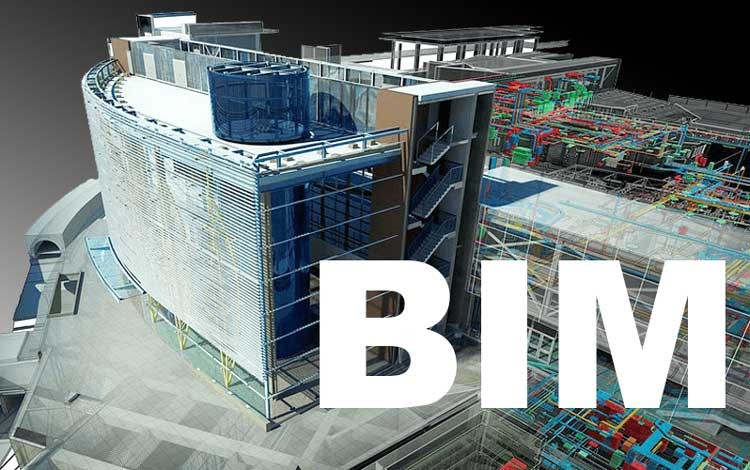BIM or Building Information Modelling is a process that enables architects to make digital design simulations in order to organise and project manage all information related to architectural projects.
While CAD creates 2 or 3 dimensional images that do not distinguish the elements, BIM incorporates 4-D, which is time and 5-D, which is cost. This process lets users to take charge of information intelligently for the duration of the project cycle, automating steps such as programming, concepts and designs, actual designs, paperwork, production, logistics, building work, maintenance or demolition, for example.
In every design and construction project there are an unlimited number of participants, and unlimited interaction between parties. The projects are multidisciplinary and include unnecessary information for all involved. So, who is responsible for what in each project? How far does a person’s responsibilities extend and where do you start? BIM helps order the complexity of this process.
Those projects that are modelled in BIM can be the actual products and materials that will be used to build them, incorporating geometry, characteristics, and costs into the model, as well as contact information to obtain them after approval.
Suppliers play an important role in a project because they hold the key materials available. BIM can be seen, then, as a type of directory of materials being modelled, making better the way the project’s technical specifications are transferred to those responsible for building them. For help with BIM Technology for your needs, contact https://www.bimtech-eng.com/
There are several websites that hold a large number of product libraries, allowing you to download specific models to be immediately included in your architectural project, and thus save the time needed by the next specification. With all this information loaded, the system not only improves the quality of work but also reduces decision making and last-minute changes during the construction process, resolves virtual problems and lowers overall project costs.
In addition, each element has its own attributes and is specifically and parametrically related to other objects of the project: if one of these objects is modified, those that depend on it will also change automatically.
By using the technology in this manner, BIM allows greater collaboration between different involved professions like architects, customers, builders, electricians, engineers, and other relevant individuals to occur in a smart sharing process.


